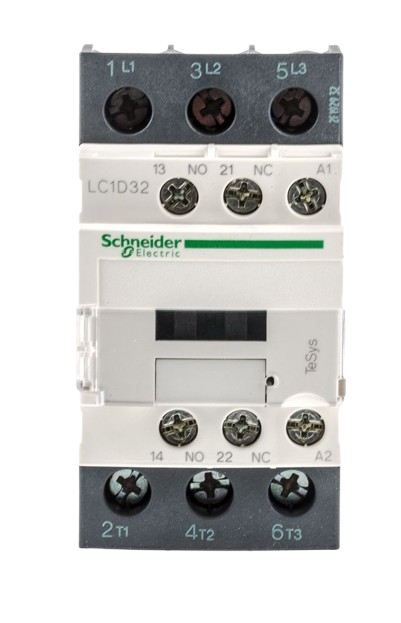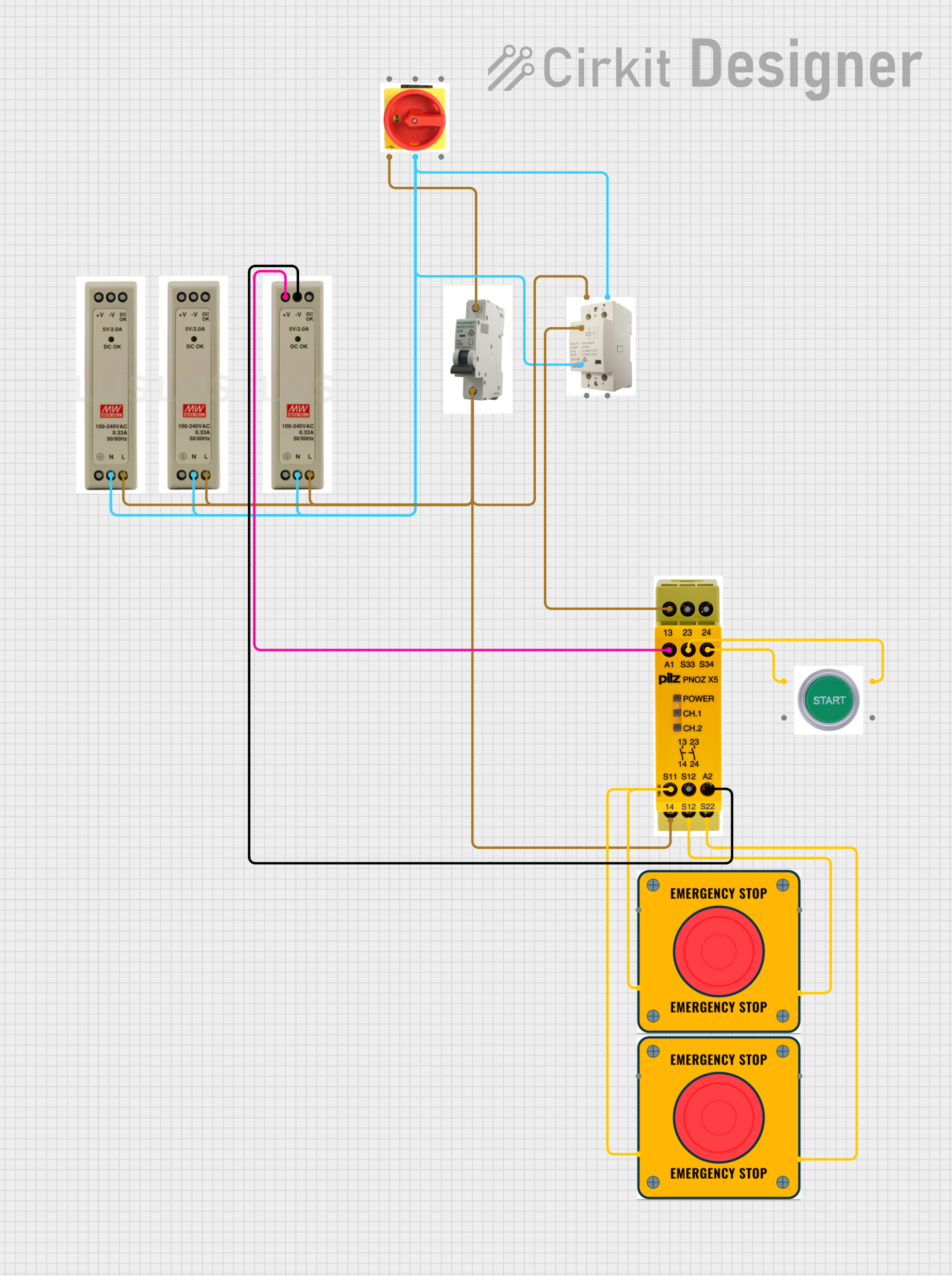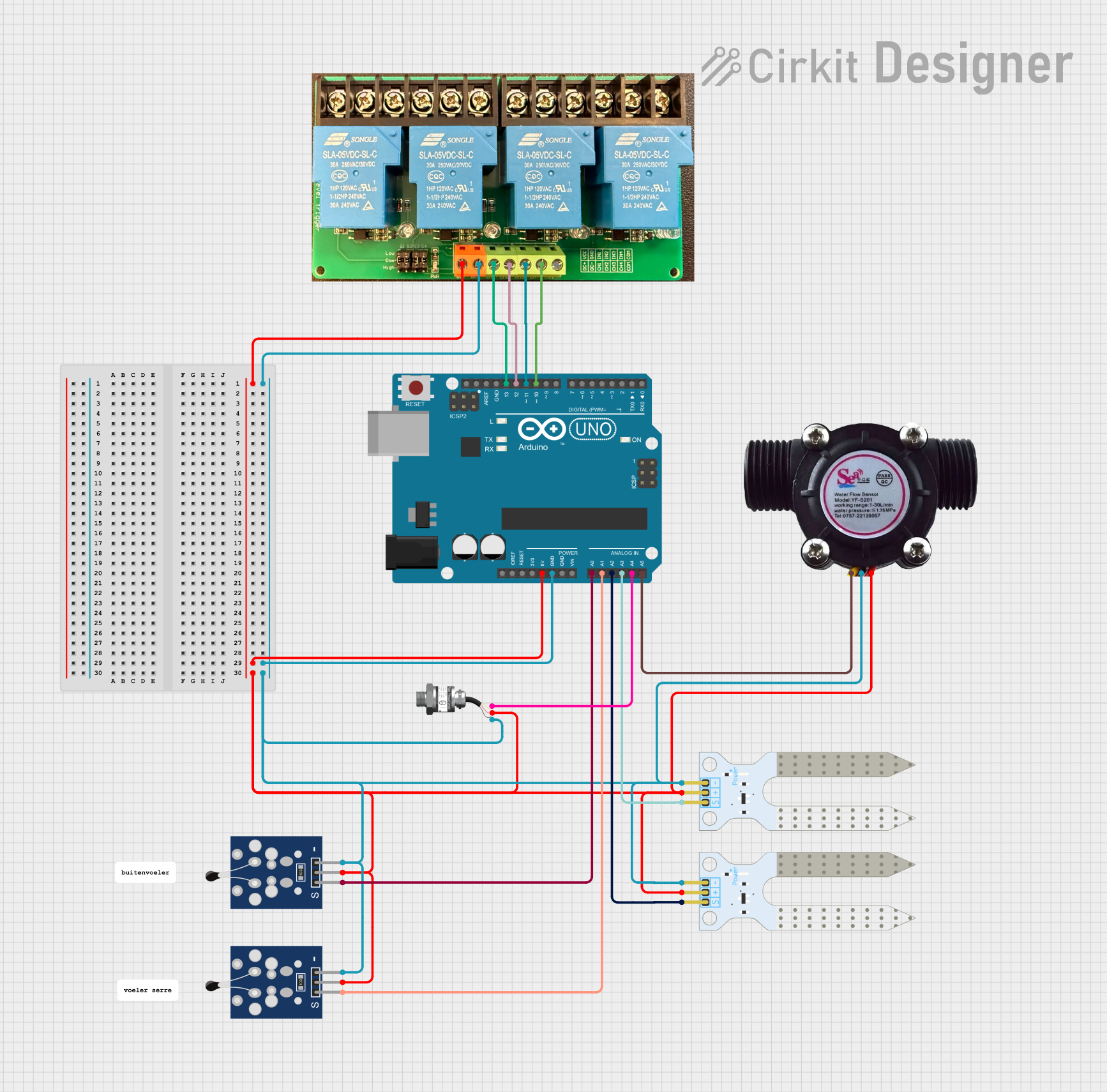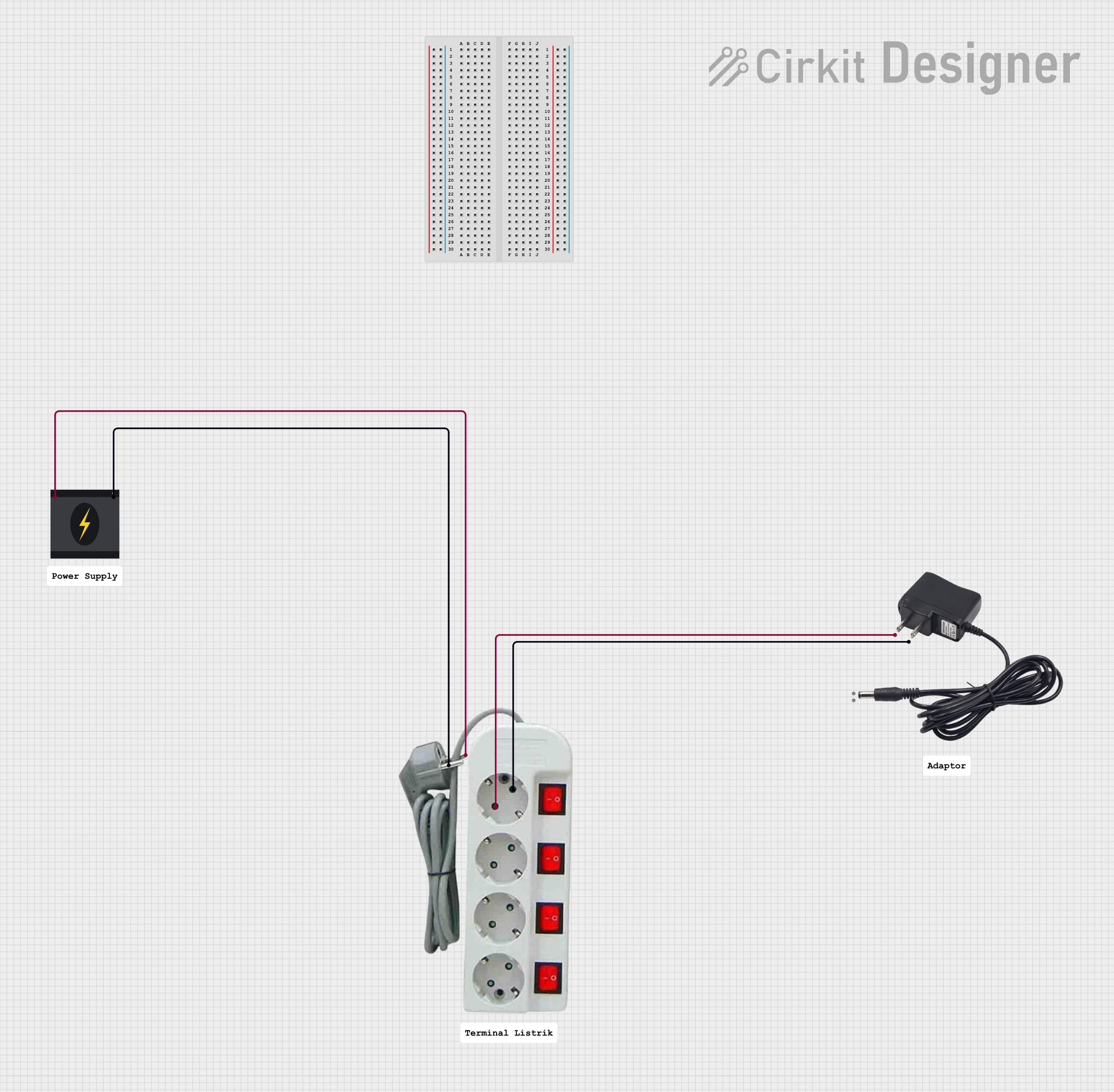
How to Use Kontaktor : Examples, Pinouts, and Specs

 Design with Kontaktor in Cirkit Designer
Design with Kontaktor in Cirkit DesignerIntroduction
A kontaktor is an electromechanical switch designed to control high-power circuits using low-power signals. Manufactured by Schneider, the High Volt kontaktor is widely used in industrial and commercial applications for reliable and efficient control of electrical loads. Its robust design ensures durability and safety in demanding environments.
Explore Projects Built with Kontaktor

 Open Project in Cirkit Designer
Open Project in Cirkit Designer
 Open Project in Cirkit Designer
Open Project in Cirkit Designer
 Open Project in Cirkit Designer
Open Project in Cirkit Designer
 Open Project in Cirkit Designer
Open Project in Cirkit DesignerExplore Projects Built with Kontaktor

 Open Project in Cirkit Designer
Open Project in Cirkit Designer
 Open Project in Cirkit Designer
Open Project in Cirkit Designer
 Open Project in Cirkit Designer
Open Project in Cirkit Designer
 Open Project in Cirkit Designer
Open Project in Cirkit DesignerCommon Applications and Use Cases
- Motor control in industrial machinery
- Lighting control in commercial buildings
- HVAC systems
- Power distribution and automation systems
- Protection and isolation of electrical circuits
Technical Specifications
Key Technical Details
| Parameter | Value |
|---|---|
| Manufacturer | Schneider |
| Part ID | High Volt |
| Rated Operating Voltage | 24V DC (coil), 400V AC (load) |
| Rated Current | 32A |
| Number of Poles | 3P (Three Poles) |
| Contact Configuration | Normally Open (NO) |
| Mechanical Durability | 10 million operations |
| Electrical Durability | 1 million operations |
| Operating Temperature | -25°C to +60°C |
| Mounting Type | DIN Rail or Panel Mount |
Pin Configuration and Descriptions
| Pin Number | Label | Description |
|---|---|---|
| 1 | A1 | Coil positive terminal (24V DC input) |
| 2 | A2 | Coil negative terminal (ground) |
| 3 | L1 | Line input for phase 1 |
| 4 | L2 | Line input for phase 2 |
| 5 | L3 | Line input for phase 3 |
| 6 | T1 | Load output for phase 1 |
| 7 | T2 | Load output for phase 2 |
| 8 | T3 | Load output for phase 3 |
Usage Instructions
How to Use the Component in a Circuit
- Power the Coil: Connect a 24V DC power supply to the coil terminals (A1 and A2). Ensure the polarity is correct.
- Connect the Load:
- Connect the high-power input lines to the L1, L2, and L3 terminals.
- Connect the load (e.g., motor or lighting system) to the T1, T2, and T3 terminals.
- Control the Circuit: Use a low-power control signal to energize the coil. When the coil is energized, the contacts close, allowing current to flow through the load.
- Mounting: Secure the kontaktor on a DIN rail or panel, ensuring proper ventilation and accessibility.
Important Considerations and Best Practices
- Voltage Matching: Ensure the coil voltage matches the rated 24V DC input.
- Overcurrent Protection: Use appropriate fuses or circuit breakers to protect the circuit.
- Noise Suppression: Install a surge suppressor or snubber circuit across the coil to reduce electrical noise.
- Maintenance: Periodically inspect the contacts for wear and clean them if necessary.
- Safety: Always disconnect power before wiring or servicing the kontaktor.
Example: Connecting a Kontaktor to an Arduino UNO
The High Volt kontaktor can be controlled using an Arduino UNO. Below is an example circuit and code to control the kontaktor using a digital output pin.
Circuit Setup
- Connect the A1 terminal of the kontaktor to the Arduino's digital pin (e.g., pin 8) through a relay module or transistor circuit.
- Connect the A2 terminal to the ground (GND) of the Arduino.
- Use an external 24V DC power supply to energize the coil.
Arduino Code
// Define the pin connected to the kontaktor
const int kontaktorPin = 8;
void setup() {
// Set the pin as an output
pinMode(kontaktorPin, OUTPUT);
}
void loop() {
// Energize the kontaktor (turn it ON)
digitalWrite(kontaktorPin, HIGH);
delay(5000); // Keep the kontaktor ON for 5 seconds
// De-energize the kontaktor (turn it OFF)
digitalWrite(kontaktorPin, LOW);
delay(5000); // Keep the kontaktor OFF for 5 seconds
}
Note: A relay module or transistor circuit is required to interface the Arduino with the kontaktor, as the Arduino cannot directly supply the required 24V DC to the coil.
Troubleshooting and FAQs
Common Issues and Solutions
| Issue | Possible Cause | Solution |
|---|---|---|
| Kontaktor does not activate | Incorrect coil voltage | Verify the coil voltage is 24V DC. |
| Contacts do not close when energized | Faulty coil or wiring | Check the coil resistance and wiring. |
| Excessive noise or arcing | Electrical noise or worn contacts | Install a snubber circuit or replace contacts. |
| Overheating | Overcurrent or poor ventilation | Ensure proper load rating and ventilation. |
FAQs
Can I use the High Volt kontaktor with an AC coil?
- No, this model is designed for a 24V DC coil. Use an appropriate model for AC applications.
What is the maximum load current the kontaktor can handle?
- The High Volt kontaktor can handle up to 32A per pole.
How do I know if the contacts are worn out?
- Inspect the contacts for pitting or discoloration. Replace the kontaktor if the contacts are severely worn.
Can I use the kontaktor in outdoor environments?
- The High Volt kontaktor is not weatherproof. Use it in a protected enclosure for outdoor applications.
By following this documentation, users can effectively integrate the Schneider High Volt kontaktor into their electrical systems for reliable and efficient operation.